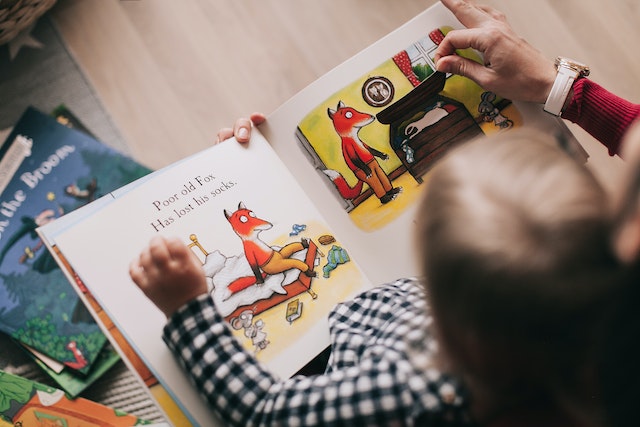There are many benefits to adding illustrations to children’s books. They are an excellent way to convey descriptions and details without repeating the text. You can also use illustrations to illustrate points that can’t be described in the text. The illustrations must complement the text. The illustrations should match the text in color and style.
Importance
Illustrations in children’s books are essential for several reasons. Not only do they make children’s books more attractive, but they also help kids learn and develop. Illustrations help kids understand words better and encourage active interpretation and engagement. Pictures in books can also teach kids life lessons and promote self-confidence.
There are many types of illustrations, and children’s books are no exception. Depending on the genre, illustrations can be funny, cute, or even shocking. It is essential to choose illustrations that will match the text. When selecting your illustrations, research and study the most popular illustrated children’s book. If possible, find recent examples as the children’s book industry has undergone a significant transformation in the last 10 to 30 years.
Effects
Illustrations can be an essential part of a children’s book, and a good illustrator will use different styles and media to portray various scenes. The illustrations should make the stories more exciting and appealing to children, and the illustrator should try to make the pictures “speak” for the book’s theme. Illustrators believe in the power of painting and coloring, and they use these skills to tell a story without a word of text.
A recent study showed that pictures in children’s books increased children’s memory, while those in a text-only condition did not benefit from the images. The authors also found that parent-child story-reading behavior predicts a child’s long-term literacy outcomes, including vocabulary and story comprehension skills. Parents’ attempts to actively engage children during story-reading positively related to better story retelling.
Benefits
Illustrations in children’s books help kids understand and connect with the story. They also reinforce analogical thinking and trigger the imagination. Many authors and publishers are now choosing to hire experts to create illustrations for their books. Illustrations make books more appealing to children and increase their overall sales potential. Besides, illustrations are a great way to teach kids about different topics that parents and teachers find difficult to explain.
While this effect is well-established in the literature on school-aged children, there is some evidence that story illustrations affect young children differently.
Watercolor
There are many types of children’s books. Many of them feature watercolor illustrations. Some of these illustrations are realistic, while others are more stylized. Whatever the style, the illustrations must match the text. The main goal is to convey the essence of the story through words and illustrations.
Watercolor illustrations are beautiful and soothing for young readers. Books with watercolor paintings are often more approachable to children than books with full-color ink pages. This is likely because children associate full-color ink pages with school books and learning. However, children are more likely to be attracted to the soft colors and inviting feel of watercolor.
Watercolor illustrations in children’s books are also becoming increasingly popular. Laura Watson’s illustrations are a perfect example of this. They depict the wonders of childhood in a colorful, fun, and charming way. Their playing style is ideal for younger children and classic literature. A complete portfolio of these illustrations can be found on her website.
Reader-Response Theory
Reader-response theory is a popular approach to children’s literature. It argues that children’s responses to literature vary from that of adults and are linked to their emotional and intellectual development.
Iser’s theory developed in response to Booth’s reading theory and encouraged the search for an ‘implied child reader’ in children’s books. His work grew from his interest in meaning-making and the relationship between readers, texts, and other genres. Iser’s theory also included an appreciation for children’s literature’s social and cultural context.





